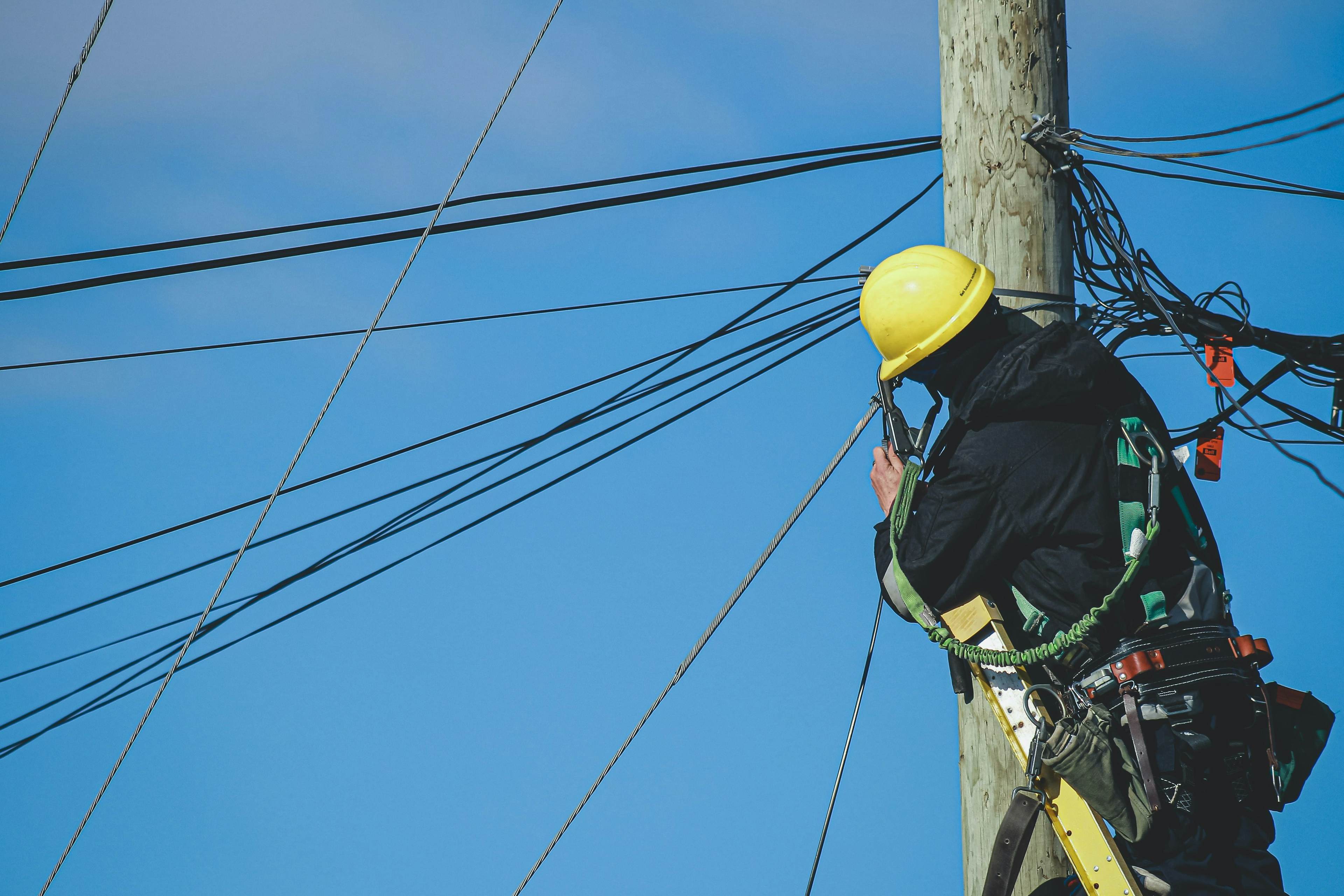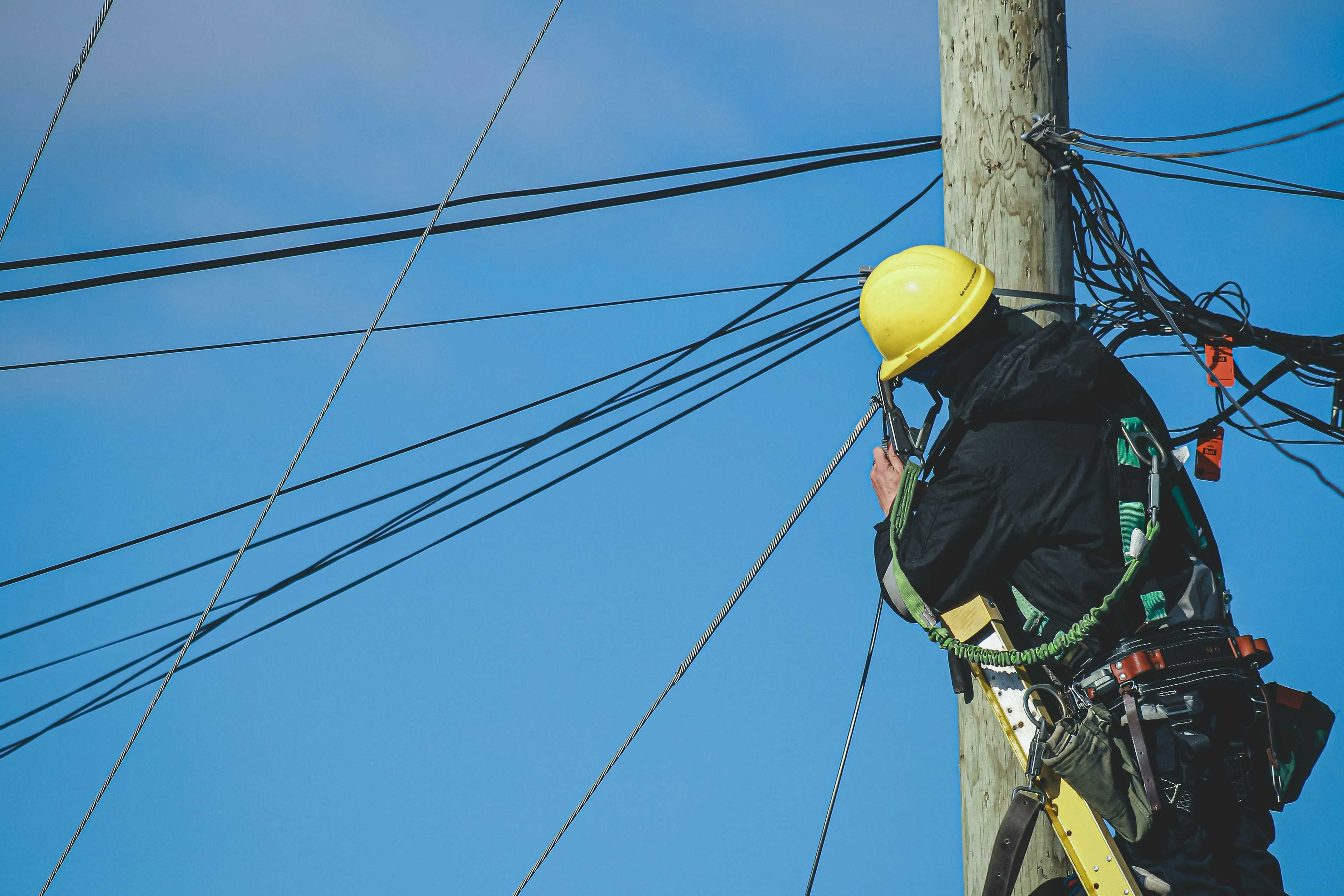Telecommunications companies such as AT&T, Verizon, and others, have garnered press recently for lead contamination found in old telephone cables throughout the United States. This past month, The Wall Street Journal published a report investigating the problem, finding that cables have been leaching lead into the water and soil of their surroundings. In response to the publication, AT&T is now seeking to back out of a consent decree they had previously entered into concerning the removal of certain cables in Lake Tahoe. Namely, AT&T does not want to remove the cables until their own experts conduct testing, raising issues with The Wall Street Journal’s testing practices. At the same time, the news coverage has sparked renewed interest in this issue, with New York’s governor recently directing state departments to conduct an investigation into the telecommunication companies operating within the state.
What Happened?
Back in 2021, the California Sportfishing Protection Alliance, an environmental preservation non-profit, brought a lawsuit against AT&T to remove two non-operative submarine telecommunication cables that traversed Lake Tahoe. The lawsuit against Pacific Bell Telephone Company (a subsidiary of AT&T that provides services in California) brought claims under the Federal Resource Conservation and Recovery Act as well as the California Safe Drinking Water and Toxic Enforcement Act. The length of the cable is 41,600 feet and the inner portion consists of a lead jacket that protects the copper. According to the complaint, each foot of cable contains approximately 3.3 pounds of lead, with an estimate of over 68 tons of lead in total. The cables have not been in use since the 1980s, after they were replaced with new, fiber optic cables. The complaint alleges that the cables have not been maintained and have been worn and damaged over time, exposing the lead sheathing inside the cable.
The plaintiff conducted testing to determine whether the cables were likely to leach lead into Lake Tahoe. After submerging a 40-centimeter cable in a plastic container of Lake Tahoe water for a day, the water sample indicated a concentration of 650 micrograms of lead per liter of water; a second sample taken after seven days indicated a raise in concentration level to 1,500 micrograms per liter. The findings suggested a reasonable inference that lead in the cables is being disseminated into the water and environment of Lake Tahoe. Per the complaint, which cited California health codes and other governmental regulatory agencies, lead is known to cause cancer and reproductive toxicity in humans and animals as well as cause detriment to neurological functioning.
In light of the dangers of lead, Plaintiff requested that the court enjoin the company from further disposing of its cables and lead into Lake Tahoe and impose a civil penalty for each day that the condition continues.
The case, California Sport Fishing Protection Alliance v. Pacific Bell Telephone Co., 21-CV-00073, filed in the United States District Court of the Eastern District of California, was tentatively resolved in 2021 after the court signed a consent decree wherein AT&T agreed to remove the cables. On July 18, 2023, however, AT&T filed a supplemental status report with the court stating that they are unable to commence the cable removal process on September 6, 2023, as previously stated in Plaintiff’s status update, after The Wall Street Journal’s report. As stated in its letter, AT&T strongly disagrees with the Journal’s testing, noting that it utilized the same divers that assisted Plaintiff in its sample testing. AT&T asserts that its own expert testing differs dramatically from WSJ’s findings, and as such, that the cables should not be removed until more testing is conducted.
Notably, AT&T denies that its cables leach lead, citing previous testing that did not detect amounts, and in samples that did detect lead, they were “characteristic of background levels, not a release from the cables.” AT&T also sets forth the argument that, because lead is a heavy metal, any leach that would occur would “settle out of the water – rather than dissolve into it,” and as a result, could potentially dissolve into the lake without significantly impacting public health or the environment.
Potential Litigation to Come
Coincidentally, AT&T’s refusal to remove the cables in response to The Wall Street Journal investigation has only brought more attention to the issue of lead contamination and will likely be a catalyst for other suits to come against AT&T and other companies. The same week of AT&T’s status update, New York Governor Kathy Hochul announced that state departments will be investigating health risks associated with lead cables left on poles, underwater, and buried underground by the 246 telecommunications companies operating in the state. The companies will need to provide a full inventory of all of its operational and abandoned cables. In addition, the Federal Communications Commission Chair, Jessica Rosenworcel, announced that she would be discussing lead-cable concerns with the Environmental Protection Agency and White House Council of Environmental Quality.
The news has also spurred other telecommunications companies into action. Verizon recently announced that it had started testing areas where lead was allegedly leaching into the ground and water, with a spokesperson noting the company’s lead-sheathed cables make up a “small percentage” of its 540,000 miles of copper cable. TDS Telecommunications LLC, a regional service provider, has also conducted its own inventory, finding that about ten miles of its network have lead-covered cables.
If the stock market is any indicator, there is little confidence that the lead problem will be resolved on its own, with AT&T and Verizon stock falling 14% and 10%, respectively, since the WSJ’s publication. Further, with each company seeking out its own experts and testing practices, it is likely that litigation will be prolonged as more and more claims develop.




